Finally, after three years of restoration work, the Shatby necropolis in Alexandria is open to the public.
Built soon after Alexandria was founded in 332 BC, Shatby is the last resting place of the first generation of Macedonian and Greek officials who made the coastal city the capital of Egypt under the Ptolemies and the Romans.
The restoration work, funded by the Cypriot A.G. Leventis Foundation at a total LE3 million, was carried out by the Archaeological Society of Alexandria under the supervision of the Supreme Council of Antiquities (SCA).
Deputy Minister of Tourism and Antiquities Ghada Shalaby, SCA Secretary General Mostafa Waziry, Deputy Governor of Alexandria Jacqueline Azer, and Pope of the Greek Orthodox Patriarchate for Alexandria and Africa Theodore II attended the opening ceremony.
Waziry said the restored cemetery will be another tourism asset in Alexandria, especially since the team unearthed some interesting artefacts.
“The work team discovered the original entrance to the main cemetery which turned out to be on the south side, not the north as it was believed,” Waziry said.
“Out of the digital documentation of the site comes a modified architectural plan for the cemetery and a 3D model of the entire site was made, in addition to 300 archaeological finds, such as human skeletons, urns, and a miniature votive altar,” Waziri added.
“Local and imported pottery have also been uncovered in a good state of preservation,” he said.
Head of Archaeological Society of Alexandria Mona Haggag said the restoration work has saved the cemetery from the high level of groundwater and erosion.
“A drainage system was also designed for the site to control surface water level,” Haggag said.
Archaeological and historical information about the cemetery is to be found in the new visitor centre. The site is suitable for people of determination as well.
The project team installed a modern lighting system and a stairway to the main cemetery on the northeast area of the site. A group of terraces were built next to it for performances on the site.
A garden planted with papyrus reeds and other plants is irrigated by surface water at the site, around which a paved walkway has been laid.
At the end of the opening ceremony, Waziry awarded the project team with certificates of appreciation.
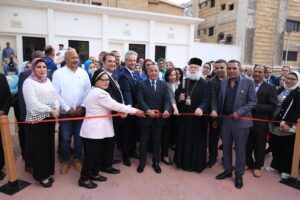
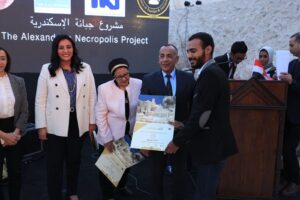

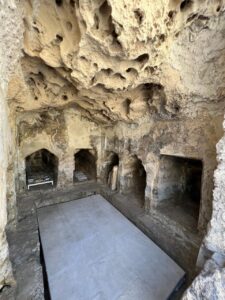


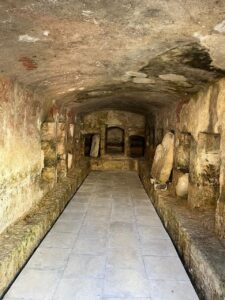
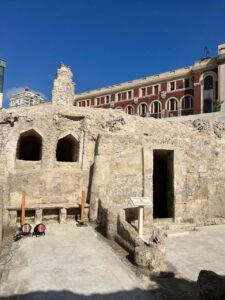
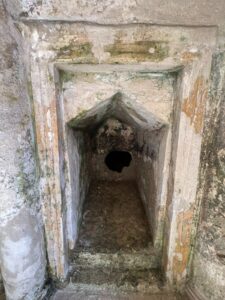
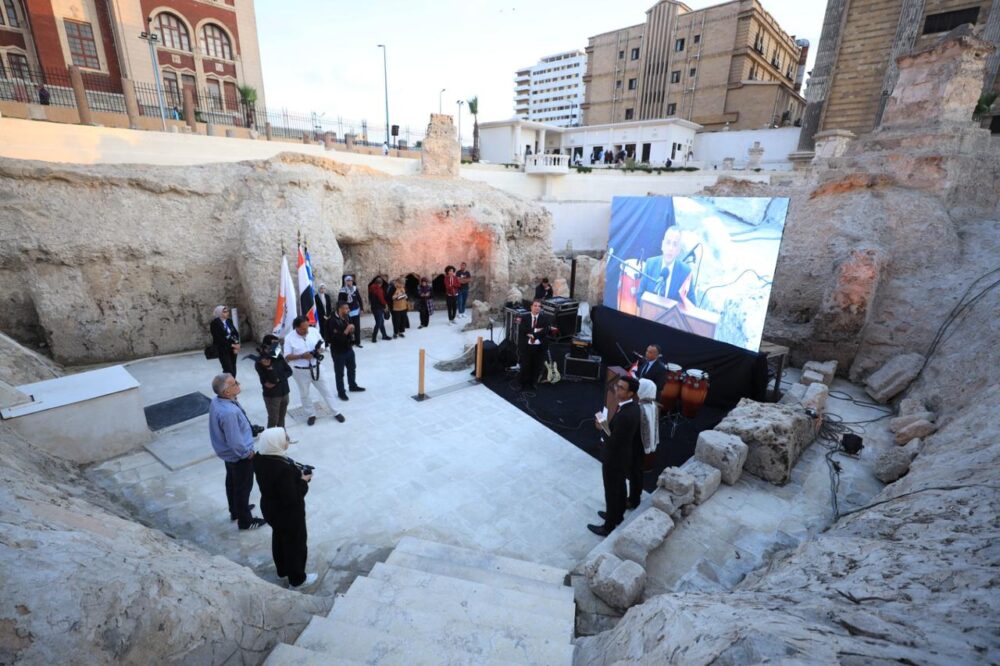
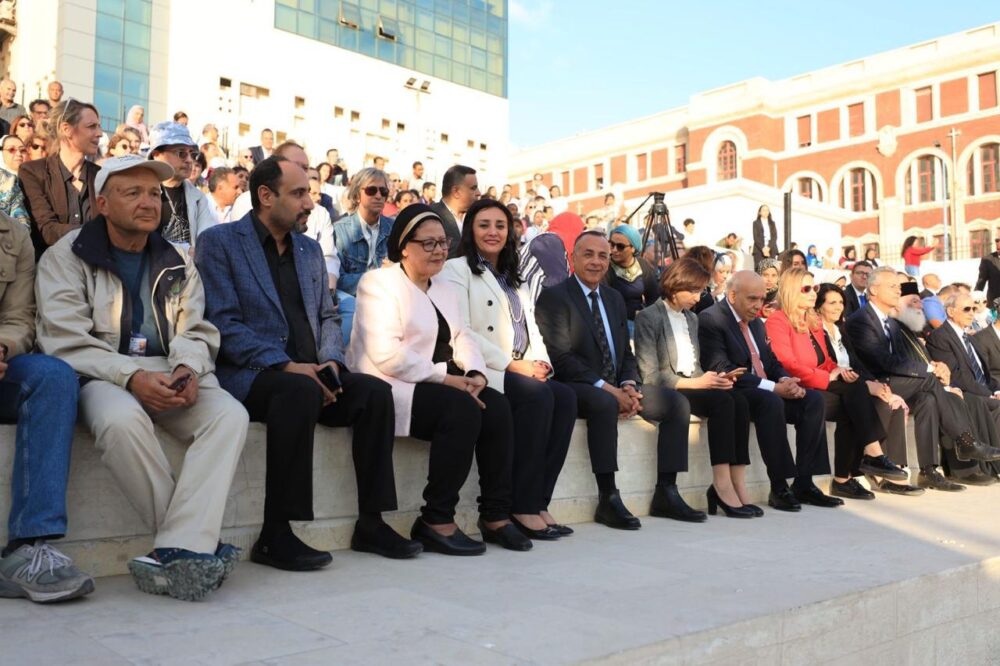



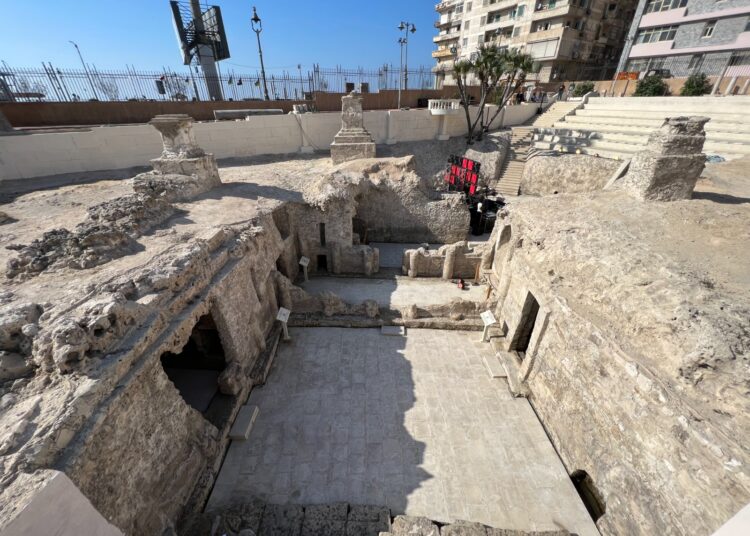


Discussion about this post